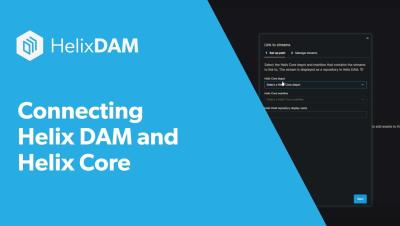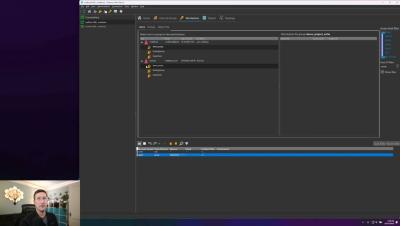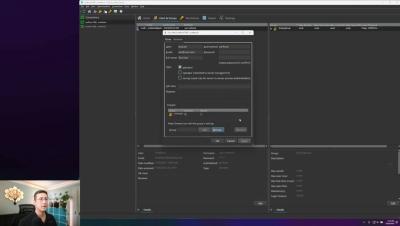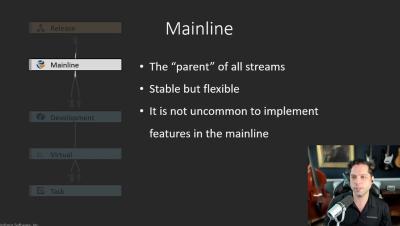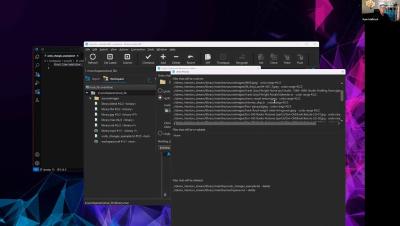Connecting Helix DAM and Helix Core
In this demo, solutions engineer Ryan Maffesoli shows Helix DAM users how to connect Perforce Helix DAM and Helix Core for a more complete digital creation tool suite. Learn how to link new projects in our digital asset management tool to existing Helix Core streams. Plus, understand why digital asset management needs a strong version control foundation.


